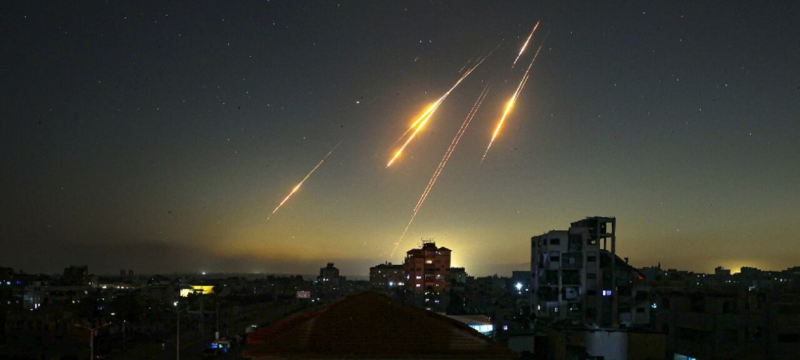Tensions in the Middle East are intensifying rapidly as Iran launched a fresh wave of missile and drone attacks on Israel, triggering air raid sirens across multiple cities including Nahariya, Tel Aviv, Ashkelon, and Beisan. The Islamic Revolutionary Guard Corps (IRGC) claimed responsibility for the strike, describing it as a complex assault using both solid and liquid fuel missiles, including Kheyber-Shakan, Emad, Qadr, and Fattah-1 models.
According to Iranian state media, the attacks targeted various Israeli sites using specialized tactics to evade the country’s layered air defense systems. The barrage reportedly struck key urban areas and infrastructure, including a southern Israeli electric facility, causing significant alarm and disruption.
Also Read: North Korea Condemns US Airstrikes on Iranian Nuclear Sites
In response, the Israel Defense Forces (IDF) launched retaliatory strikes on military installations across Iran, including six airports located in different parts of the country. The Israeli military confirmed missile impacts in several locations but maintained strict censorship on further details, warning of harsh penalties for sharing unauthorized information.
Witnesses across Israel and the occupied West Bank described prolonged sirens and loud explosions that lasted over half an hour, reflecting one of the most sustained and intense attacks in recent memory. The latest confrontation follows Israel’s June 13 attack on Iranian nuclear facilities, prompting what Iran describes as a strategic retaliation now spanning more than 450 ballistic missile launches.
As both nations escalate their military responses, regional and global powers are watching closely, fearing that the conflict could spiral further beyond containment.





